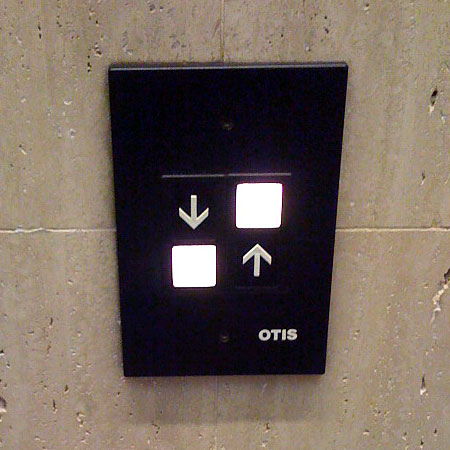 |
| Original Puzzle |
My task to this 1st puzzles is to find two of the above three bracelets that are identical. First of all, I started by observing the bracelet on the left top corner of the puzzle (the one I box with dotted line) see figure below. By looking at this bracelet, I noticed that there are two red triangle that are pointing to each other (circled with purple line) see (1). Then, I decided to scan at the other two bracelets to see whether they have the same feature. Yes, the other two got the same.
After that, I go back to the original bracelet and found out the other red triangle (boxed with yellow line) see (2). Then again I checked with the other two bracelets and realized that they also obtain the same feature.
I did the same procedure as above on and on (see details below) until I discovered a different characteristic on the top right bracelet when compared with the other two. By looking closely to the top right bracelet, I found out that the (3) and (4) red triangle on this bracelet are facing opposite directions (circled with black line) See explanation in the gray area below. On the other hands, the other two bracelets both have the same direction (> >) of red triangles
In this specific puzzle game, I used one of the various visual
thinking operations defined in the McKim reading, which is "matching". While I
was working on this puzzle, I recognized and sought for the desired patterns as
a whole and matching it.
*Note: My father and I had a similar approach to this puzzle and exactly the same result as I did below; therefore, I think it's unnecessary to post his result doubly. Hope you can understand :)
2nd Puzzle
 |
| Original Puzzle |
My task to this 2nd puzzles is to change the above illustration of rocking horse that made up of 5 shapes to become a fox by moving 2 of the shapes. First of all, I started by imagining what a fox look like. As I recalled, a fox's head should have an outstanding triangle ears. Therefore, I began to look for a shape that resembles fox's ears. I eventually found two triangle that seems like a pair of ears. Then, I moved on this direction. I decided to remove the shapes that are above the two triangle. After that, I rotated and moved around the two shapes and finally I created a face of a fox within 15 minutes. See details below
*Note: Even though my father needed to spend a bit longer time to figure out how to make the fox, we got the same result again.
Reference:
http://www.puzzles.com/PuzzlePlayground/Visual.htm
Reference:
http://www.puzzles.com/PuzzlePlayground/Visual.htm





